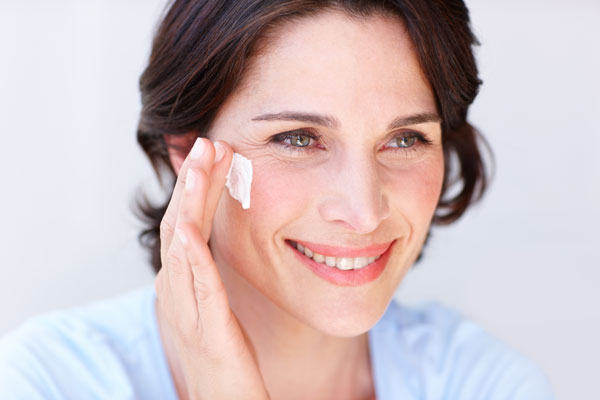Dry skin vs. dehydrated skin – what’s the difference?
Sort by
Le Prunier Plumbody (200ml)
Body cream with plum oil and plum extract
CHF 119.00 incl. VAT plus shipping
(100ml CHF 59.50)
Skin Regimen Lx Multi Acid Ampoule (7x2ml)
Clarifying anti-ageing concentrate
CHF 62.00 incl. VAT plus shipping
(100ml CHF 442.85)
Skin Regimen Lx Tripeptide Gel Cream (50ml)
Gel cream with anti-ageing and lifting effect
CHF 105.00 incl. VAT plus shipping
(100ml CHF 210.00)
Skin Regimen Lx HA4 Jelly Serum (30ml)
Moisturising and plumping serum
CHF 117.00 incl. VAT plus shipping
(100ml CHF 390.00)
Skin Regimen Lx Microalgae Essence (100ml)
Moisturising essence for a glowing complexion
CHF 77.00 incl. VAT plus shipping
(100ml CHF 77.00)
Le Prunier Plum Beauty Oil (30ml)
Multi-use oil for radiant skin and shiny hair
CHF 109.00 incl. VAT plus shipping
(100ml CHF 363.30)
Skin Regimen 1.85 HA Booster (25ml)
Replenishing Moisture Concentrate
CHF 114.00 incl. VAT plus shipping
(100ml CHF 456.00)




















